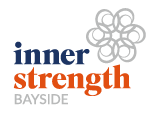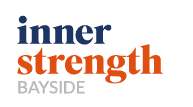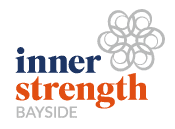Scoliosis? A curve in the spine? What is it and how is it best managed?
What is it?
Scoliosis is a deformity of the spine that causes it to curve abnormally from side-to-side. The most common type is called idiopathic scoliosis, which means there is no known cause of this condition.

Is it common?
Scoliosis affects around 2% of the population. The adolescent growth spurt is when idiopathic scoliosis most commonly presents, with approximately 80% of idiopathic scoliosis diagnoses occurring between the ages of 10 – 18 years old, and more cases found in females.
What are the symptoms?
– Uneven hips or shoulders
– One shoulder blade more prominent than the other
– One side of the rib cage more prominent than the other
– An appearance of being bent to one side
– Difficulty breathing
– Back pain
Diagnosis
It is very important that scoliosis is diagnosed early, as abnormal curvatures of the spine can progress very rapidly during growth spurts in adolescents, or spine degeneration in the elderly, potentially leading to other health complications. Physiotherapists are well-equipped to assess, diagnose and treat scoliosis of the spine in all ages.
So, I’ve been diagnosed. What now?
If you have scoliosis of any severity, specific exercise methods are used to treat your specific curvatures with the aims to:
– Decrease curve progression
– Improve posture and function in everyday life
– Reduce pain and discomfort
– Prevent or delay surgery
– Improve psychological outlook and overall quality of life
In addition to exercise, fitted braces and surgery are sometimes needed in more severe cases.
If you have scoliosis or are concerned that you or a family member may have it, call us on 8555 4099 to organise an assessment with one of our Physiotherapists, or click here to book online.
Written by Meg Doyle (Physiotherapist)


